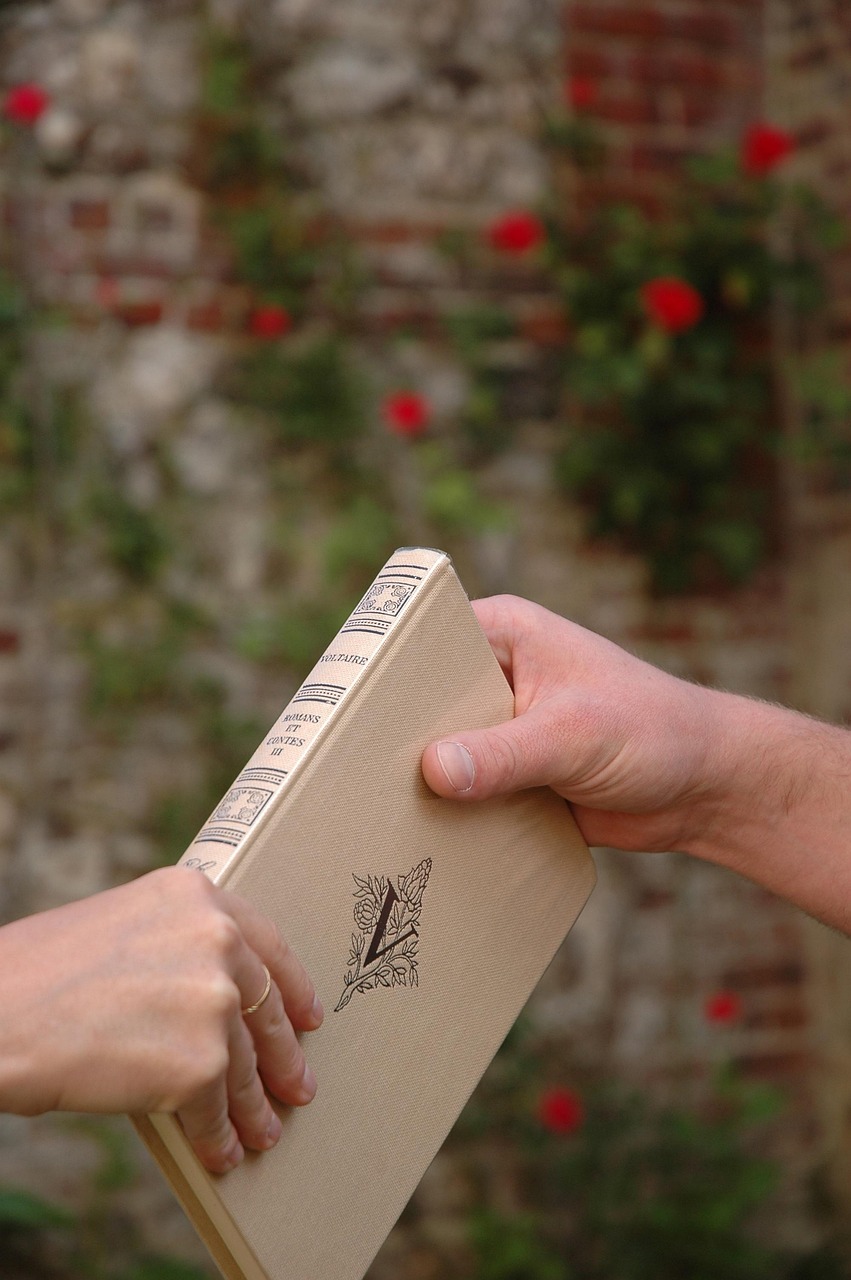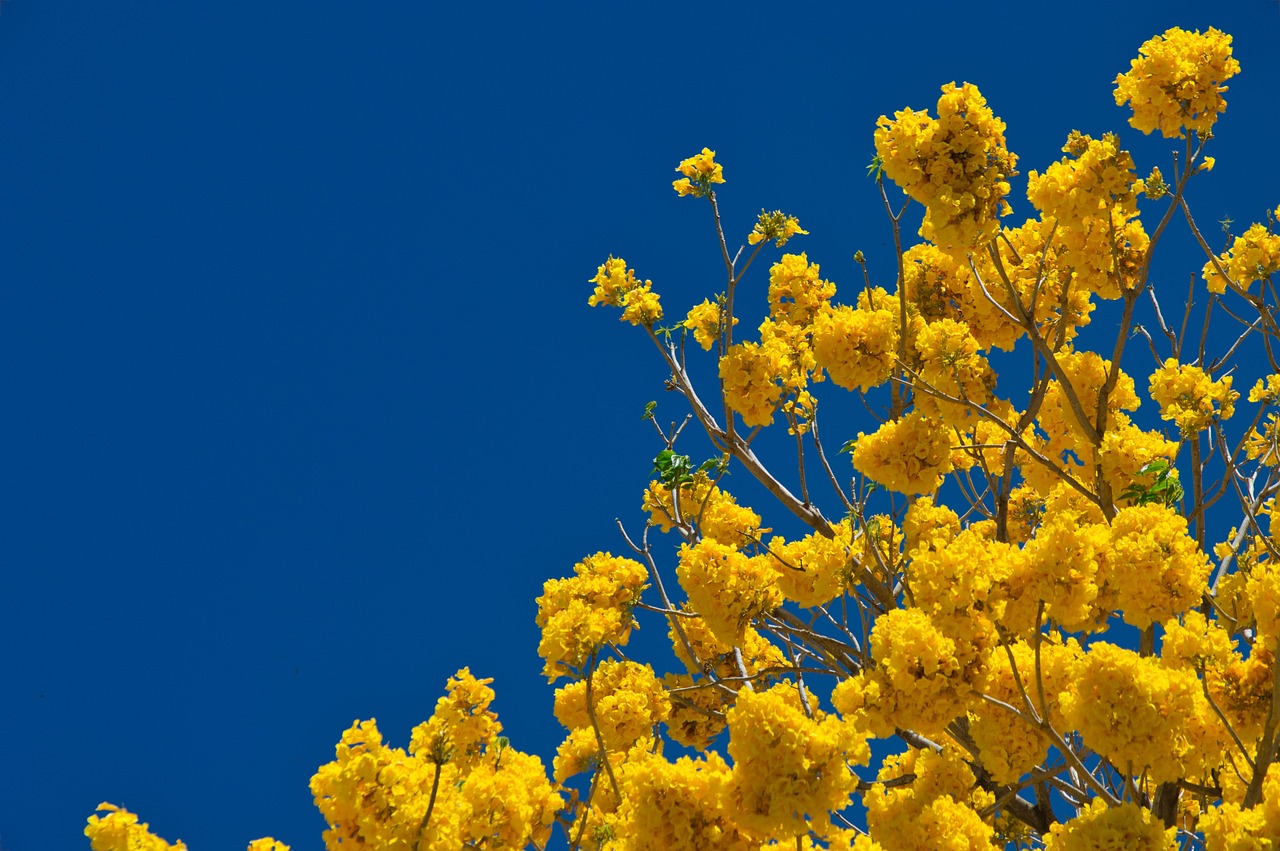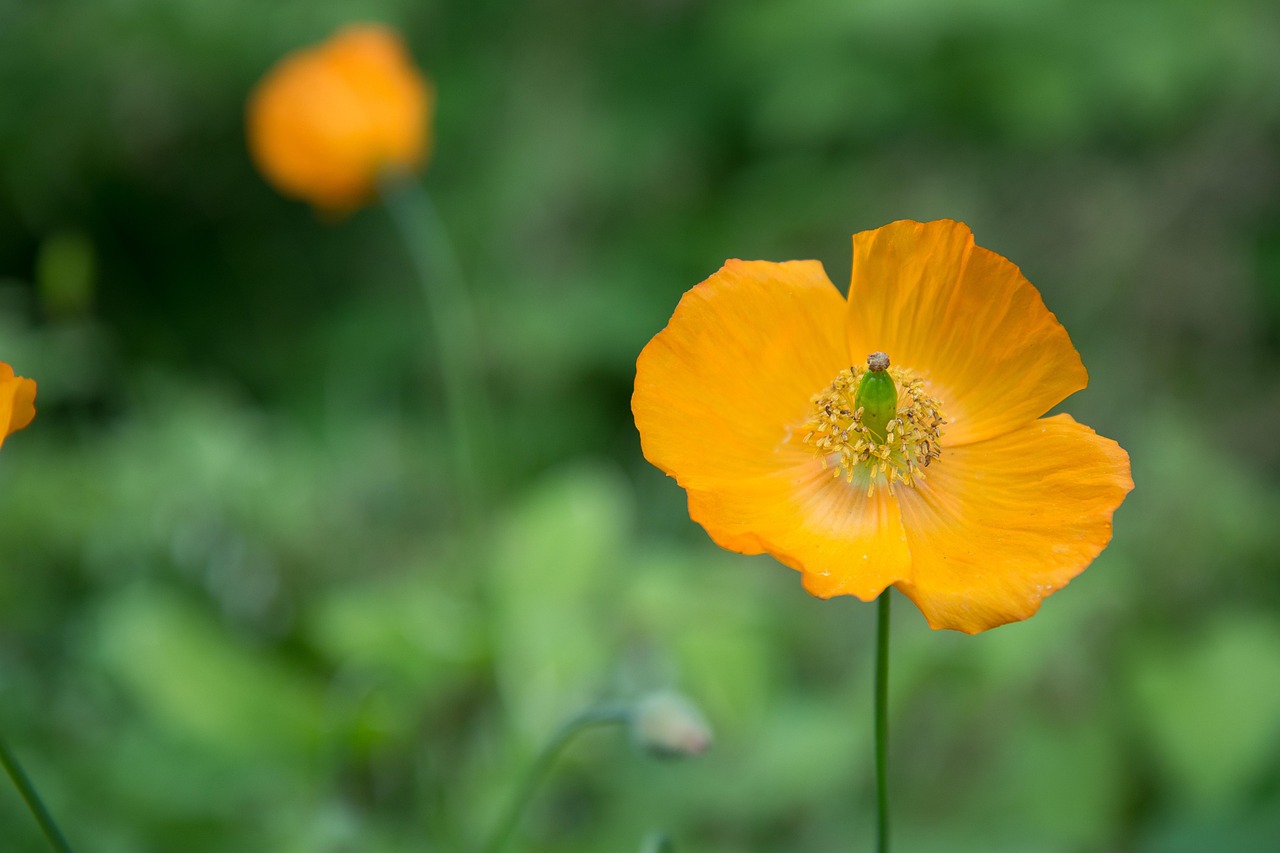Yellow flowering trees bring vibrancy and warmth to any landscape. Their bright blossoms can transform dull outdoor spaces into cheerful retreats. Whether you are looking to enhance your garden, park, or street, these trees offer stunning visual appeal and a sense of joy. Their unique characteristics and benefits make them an excellent choice for homeowners and landscape designers alike.
Yellow is often associated with happiness, positivity, and energy. For this reason, yellow flowering trees can create an inviting atmosphere in residential areas, public parks, and commercial properties. Beyond their aesthetic value, these trees also provide essential benefits, such as shade, wildlife habitat, and improved air quality. Many species of yellow flowering trees thrive in different climates, making them accessible for various regions.

When selecting yellow flowering trees for your landscape, it is important to consider factors such as the tree’s size, growth rate, and environmental needs. Here are some popular yellow flowering trees that are favored for their beauty and resilience:
| Tree Species | Height | Bloom Period | USDA Hardiness Zone |
|---|---|---|---|
| Golden Rain Tree (Koelreuteria paniculata) | 30-40 feet | Summer | 5-9 |
| Yellowwood (Cladrastis kentukea) | 30-50 feet | Spring | 4-8 |
| Ginkgo (Ginkgo biloba) | 50-80 feet | Fall | 3-8 |
| Laburnum (Laburnum anagyroides) | 15-25 feet | Late Spring | 5-7 |
| Royal Poinciana (Delonix regia) | 30-50 feet | Summer | 10-12 |
Each of these trees offers a unique charm and set of features. For instance, the Golden Rain Tree is known for its clusters of bright yellow flowers that bloom in the summer. This tree also produces decorative seed pods that add interest even after flowering has ended. The Yellowwood, on the other hand, showcases fragrant white flowers that hang in long clusters before turning to a beautiful yellow in the fall.
The Ginkgo tree is not only known for its unique fan-shaped leaves but also for its stunning golden-yellow foliage in autumn. It is a resilient tree that tolerates urban conditions well. Meanwhile, the Laburnum tree captivates with its cascading yellow flowers in late spring, making it a favorite among gardeners seeking dramatic blooms.
The Royal Poinciana is another remarkable choice. Its fiery red and orange flowers are complemented by a backdrop of yellow blooms. This tree thrives in warmer climates and is perfect for creating shade in gardens or parks.
Benefits of Yellow Flowering Trees
Planting yellow flowering trees offers numerous advantages beyond their aesthetic appeal. These benefits can significantly enhance both residential and public landscapes.
- Aesthetic Appeal: The bright yellow blooms create a stunning visual impact throughout the growing season.
- Shade Provision: Many yellow flowering trees grow tall and wide, providing ample shade for outdoor activities.
- Wildlife Habitat: These trees attract various pollinators such as bees and butterflies, promoting biodiversity.
- Air Quality Improvement: Trees help filter pollutants from the air, contributing to a healthier environment.
- Seasonal Interest: Yellow flowering trees often display vibrant foliage in the fall, ensuring year-round beauty.
By incorporating yellow flowering trees into your landscape design, you not only beautify your space but also contribute positively to the environment. Their benefits extend beyond mere aesthetics, making them a wise choice for any planting project.
Popular Yellow Flowering Trees
When it comes to choosing yellow flowering trees for your landscape, several species stand out due to their beauty, adaptability, and unique characteristics. Understanding these options can help you make an informed decision that complements your outdoor space.
1. Golden Rain Tree (Koelreuteria paniculata)
The Golden Rain Tree is a favorite among gardeners for its stunning summer blooms. This tree features clusters of bright yellow flowers that hang in drooping panicles, creating a striking display. In addition to its beautiful flowers, the Golden Rain Tree produces decorative seed pods that remain on the tree long after the flowers have faded.
- Height: 30-40 feet
- Bloom Period: Summer
- USDA Hardiness Zone: 5-9
This tree is also drought-tolerant, making it suitable for various soil types. Its resilience adds to its appeal, ensuring that it thrives even in less-than-ideal conditions.
2. Yellowwood (Cladrastis kentukea)
The Yellowwood tree is notable for its fragrant white flowers that bloom in spring, which eventually turn to a lovely yellow foliage in the fall. This tree has a broad canopy, providing excellent shade during the hot months.
- Height: 30-50 feet
- Bloom Period: Spring
- USDA Hardiness Zone: 4-8
Its attractive bark and ability to thrive in diverse soil conditions make the Yellowwood an excellent addition to both urban and rural landscapes.
3. Ginkgo (Ginkgo biloba)
The Ginkgo tree is famous not only for its unique fan-shaped leaves but also for its brilliant golden-yellow foliage during the autumn season. Ginkgo trees are incredibly hardy and can withstand pollution, making them ideal for city environments.
- Height: 50-80 feet
- Bloom Period: Fall
- USDA Hardiness Zone: 3-8
This tree’s distinctive appearance and resilience contribute significantly to its popularity in landscaping.
4. Laburnum (Laburnum anagyroides)
The Laburnum tree, often called the Golden Chain tree, is renowned for its stunning hanging clusters of yellow flowers that bloom in late spring. The long, drooping flower clusters create a breathtaking sight and are often used in garden designs for dramatic effect.
- Height: 15-25 feet
- Bloom Period: Late Spring
- USDA Hardiness Zone: 5-7
This tree prefers well-drained soil and full sun, making it an excellent choice for sunny spots in your garden.
5. Royal Poinciana (Delonix regia)
The Royal Poinciana is a striking tree known for its vibrant red and orange flowers that can beautifully contrast with its yellow blossoms. With a broad canopy, it provides ample shade and creates a tropical feel in any landscape.
- Height: 30-50 feet
- Bloom Period: Summer
- USDA Hardiness Zone: 10-12
This tree thrives in warm climates and is perfect for adding a splash of color to gardens or parks.
Caring for Yellow Flowering Trees

Caring for yellow flowering trees is essential to ensure their health and longevity. Here are some tips to help you maintain these beautiful trees:
- Soil Requirements: Ensure that the soil is well-draining and rich in organic matter. Most yellow flowering trees prefer slightly acidic to neutral soil.
- Watering: Young trees need regular watering to establish roots. Once established, many of these trees are drought-tolerant but will benefit from occasional deep watering during dry spells.
- Pruning: Regular pruning helps remove dead or diseased branches and encourages healthy growth. Prune during the dormant season for best results.
- Pest Management: Keep an eye out for common pests such as aphids or scale insects. Employ organic pest control methods whenever possible.
- Fertilization: Applying a balanced fertilizer in early spring can promote vigorous growth and flowering.
By following these care guidelines, you can ensure that your yellow flowering trees remain healthy and continue to provide beauty to your landscape for years to come.

Landscape Design Ideas with Yellow Flowering Trees

Incorporating yellow flowering trees into your landscape design can create stunning visual effects and enhance the overall ambiance of your outdoor space. From providing shade to attracting pollinators, these trees can serve multiple purposes while adding significant beauty. Here are some creative design ideas to consider:
1. Focal Points in Gardens
Positioning yellow flowering trees as focal points can draw attention to specific areas of your garden. Planting a solitary Golden Rain Tree or Royal Poinciana in the center of a flower bed can create a striking centerpiece.
- Choose the Right Location: Select an area that receives ample sunlight and has adequate space for the tree to grow.
- Complementary Planting: Surround the tree with lower-growing flower beds that feature contrasting colors, such as purple or white flowers, to enhance the visual impact.
2. Shade Gardens
Yellow flowering trees provide excellent shade during hot months, making them perfect for creating comfortable outdoor spaces. Consider designing a shaded garden area where you can relax or entertain guests.
- Seating Arrangements: Place benches or picnic tables under the tree’s canopy. This creates a cozy spot for gatherings.
- Ground Cover Plants: Use low-maintenance ground cover plants that thrive in the shade, such as ferns or hostas, to create a lush, inviting environment.
3. Pollinator Gardens
Creating a pollinator garden can benefit both your landscape and local wildlife. Yellow flowering trees attract bees, butterflies, and other beneficial insects. Incorporate these trees into a garden designed specifically for pollinators.
- Diverse Plant Selection: Choose a variety of flowering plants that bloom at different times throughout the season, ensuring continuous food sources for pollinators.
- Native Plants: Include native flowering plants in addition to yellow flowering trees to support local ecosystems.
4. Seasonal Displays
Making use of seasonal displays can keep your landscape vibrant throughout the year. Yellow flowering trees often have foliage that changes color with the seasons, providing year-round interest.
- Autumn Colors: Trees like Ginkgo showcase brilliant yellow leaves in the fall, which can be complemented with autumn-themed decorations.
- Winter Interest: Even in winter, the structure of the tree can add visual appeal. Consider using lights to highlight their shapes during the festive season.
Common Challenges and Solutions
While yellow flowering trees are generally easy to care for, they may encounter some challenges. Knowing how to address these issues can help maintain their health and beauty.
Pests and Diseases
Like any plant, yellow flowering trees may be susceptible to pests and diseases. Some common issues include:
- Aphids: These small insects can cause damage by sucking sap from leaves. Use insecticidal soap or neem oil to control them.
- Powdery Mildew: This fungal disease appears as a white coating on leaves. Ensure good air circulation around the tree and avoid overhead watering to prevent it.
Environmental Stressors
Environmental stressors such as drought or pollution can impact the health of yellow flowering trees. Here are some solutions:
- Irrigation: During dry spells, ensure young trees receive adequate water to establish their root systems. Consider installing a drip irrigation system for efficiency.
- Soil Amendments: Regularly amend soil with organic compost to improve nutrient availability and drainage.
By being aware of potential challenges and employing effective strategies, you can enjoy the beauty and benefits of yellow flowering trees in your landscape for years to come.
Creating a Harmonious Landscape
Incorporating yellow flowering trees into your landscape design not only enhances beauty but also fosters a vibrant ecosystem. The interplay between these trees and surrounding flora can create a harmonious environment that benefits both humans and wildlife. To achieve this, consider the following strategies:
1. Layering Plant Heights
When designing your landscape, think about the height and structure of plants. Layering different plant heights can enhance visual appeal and create a sense of depth.
- Tall Trees: Position yellow flowering trees as the tallest elements in your garden.
- Medium Shrubs: Plant medium-height shrubs beneath the trees to provide a lush underlayer.
- Ground Cover: Add ground cover plants that thrive in the shade to fill in gaps and prevent weeds.
2. Seasonal Color Schemes
Utilizing seasonal color schemes will allow your landscape to remain dynamic throughout the year. Yellow flowering trees bloom during specific seasons, so planning complementary plants can enhance their beauty.
- Spring Blooms: Pair with early spring bloomers such as daffodils or tulips.
- Summer Color: Incorporate summer annuals that thrive in sunny spots, like marigolds or zinnias.
- Autumn Foliage: Select shrubs that display vibrant fall colors to contrast with the yellow leaves of Ginkgo or Yellowwood.
3. Educational Opportunities
Yellow flowering trees can also serve as an educational tool for families and communities. Organizing workshops or guided tours around these trees can promote awareness about their benefits and environmental importance.
- Workshops: Host events focused on tree care, planting, and the role of trees in improving air quality.
- School Programs: Involve local schools in planting trees, teaching children about nature and biodiversity.
Final Thoughts
Yellow flowering trees bring not only aesthetic beauty but also ecological benefits to landscapes. Their vibrant blooms and seasonal changes create an inviting atmosphere that enhances outdoor spaces. As you explore the various types of yellow flowering trees, consider how each can contribute uniquely to your landscape design.
The advantages of these trees—ranging from their vibrant colors to their ability to attract wildlife—make them an ideal choice for both residential and public spaces. By understanding their specific needs and characteristics, you can select the right species that thrive in your environment.
In summary, yellow flowering trees are more than just beautiful additions to your garden. They are vital components of sustainable landscaping that promote biodiversity, improve air quality, and provide shade. Whether you choose a solitary specimen as a focal point or create a lush, layered garden, these trees will undoubtedly bring sunshine to your landscape for generations to enjoy.
Embrace the opportunity to design with yellow flowering trees, and let their beauty inspire a vibrant outdoor experience that connects people with nature.
